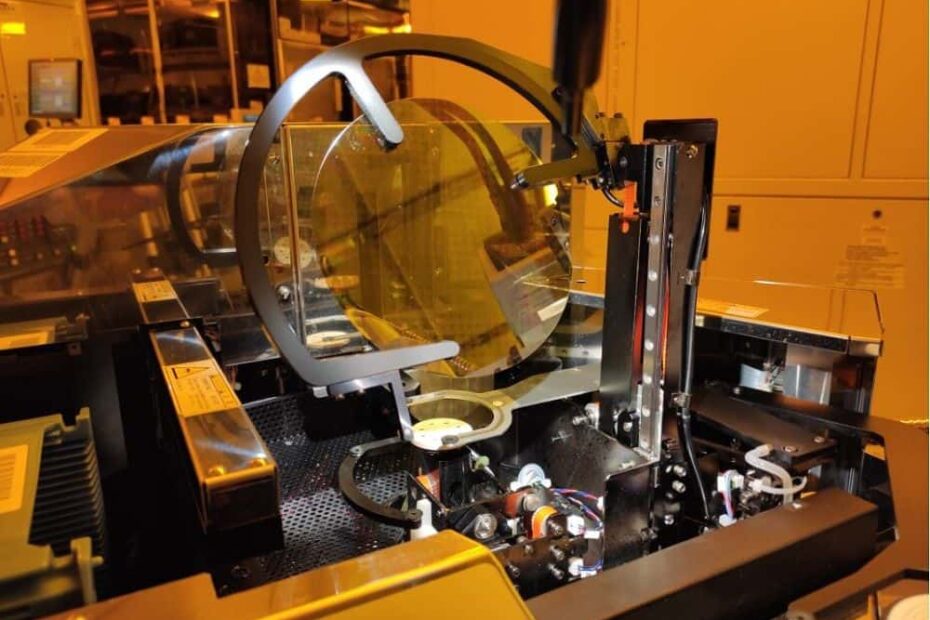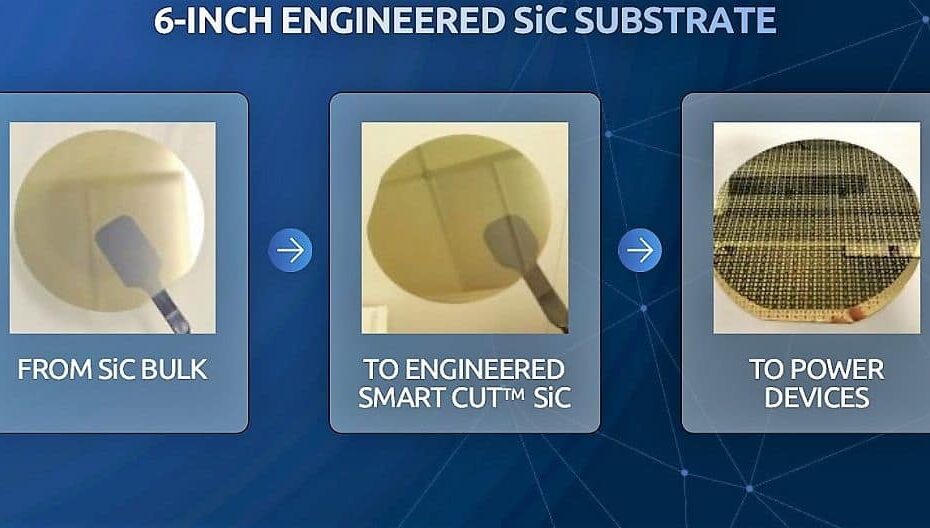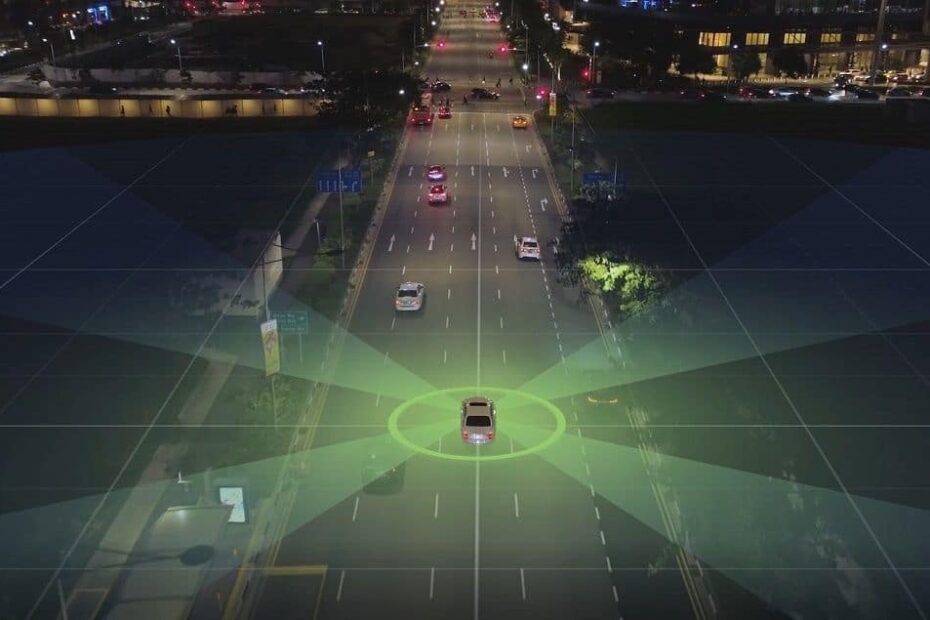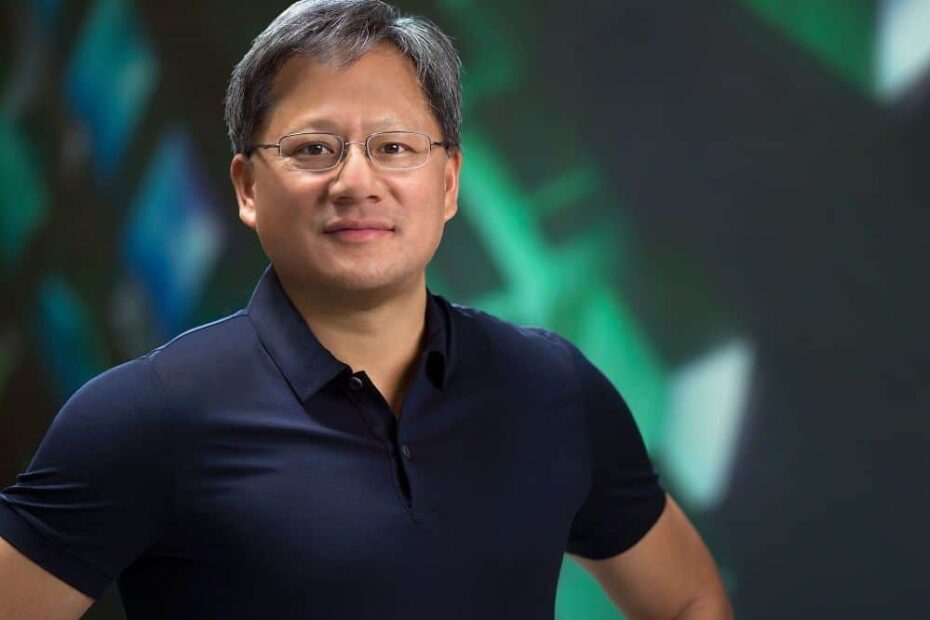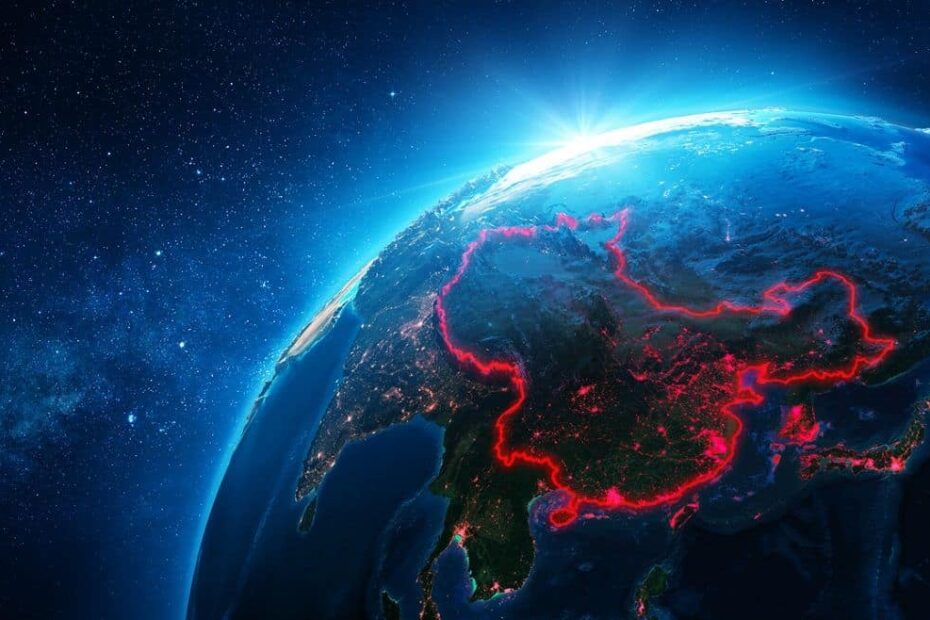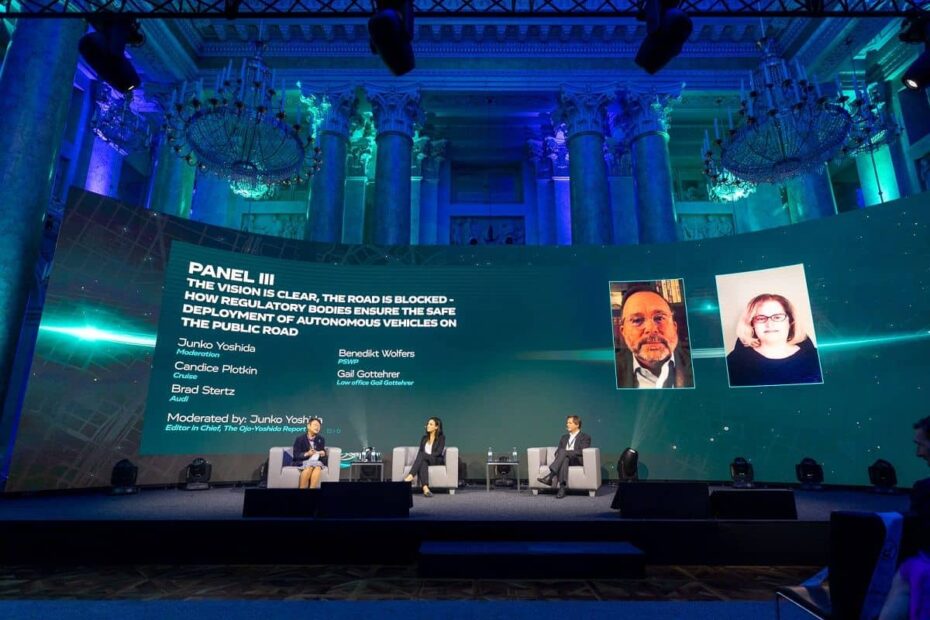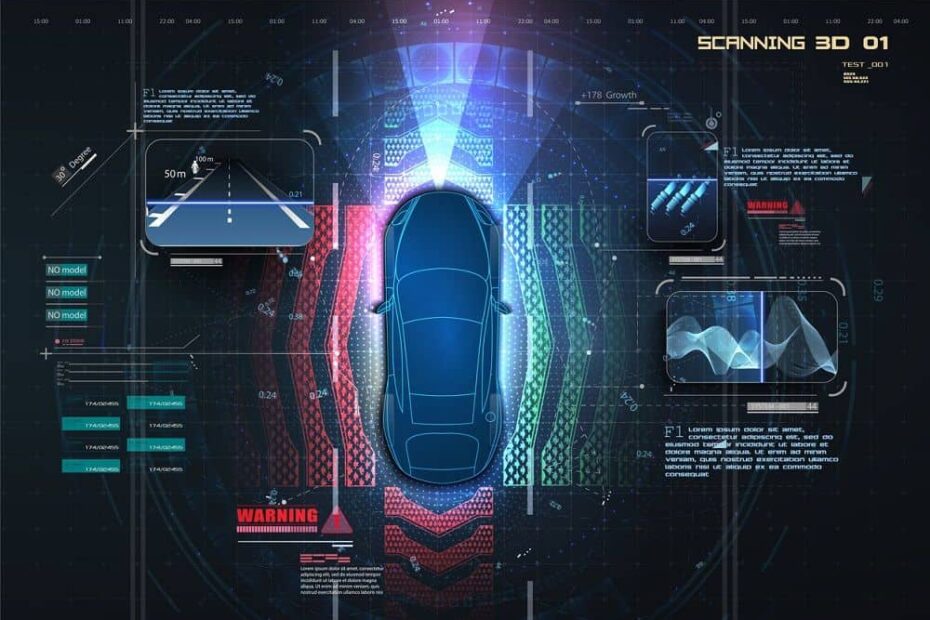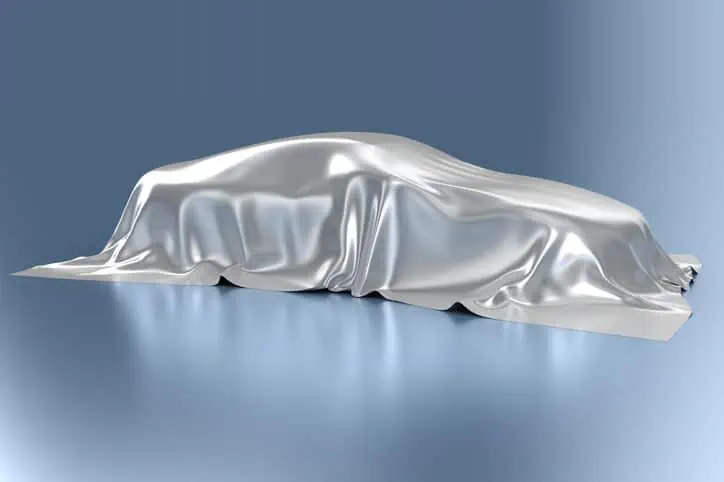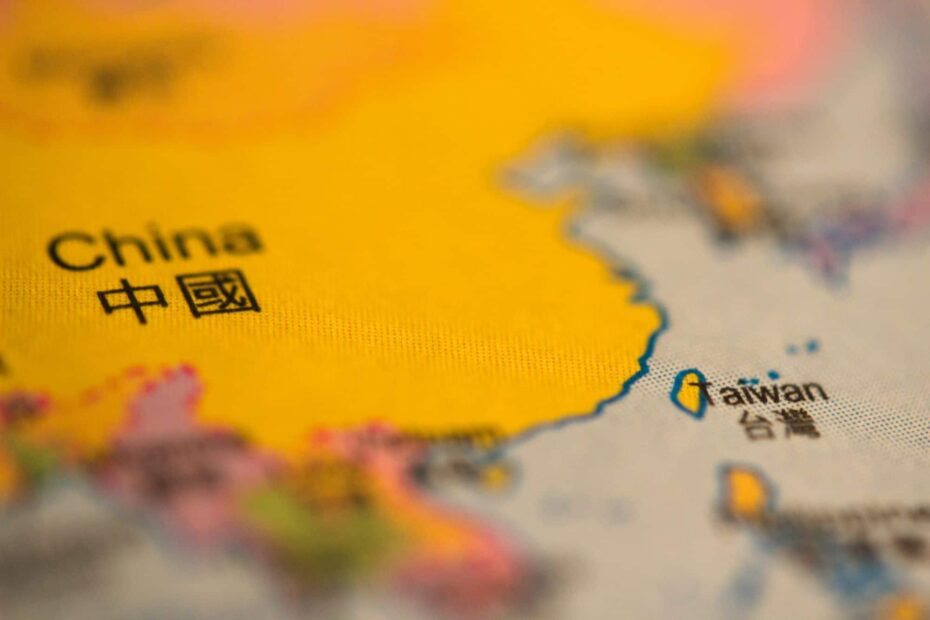Early Laps of Silicon Carbide Race Go to ST
What’s at stake?
Vehicle electrification helped push silicon carbide (SiC) out of labs and into systems, making SiC a commercially viable alternative to silicon-based power electronics. Some high-profile names have played key roles in that transition, but it may be too early for any company to claim victory in the evolving SiC technology race. Who’s best positioned to profit from the decades-long SiC development effort?

